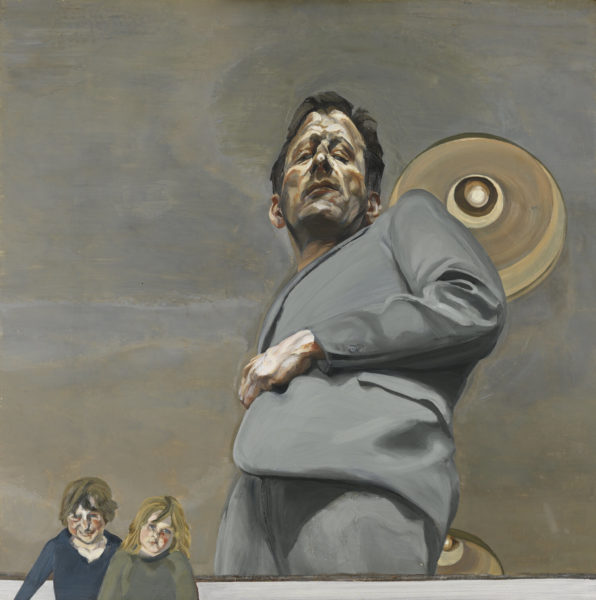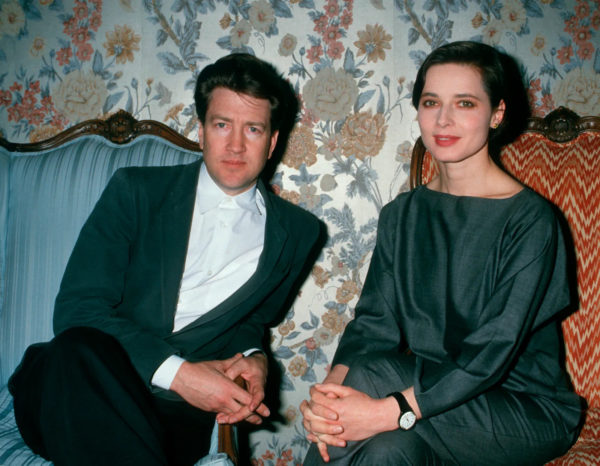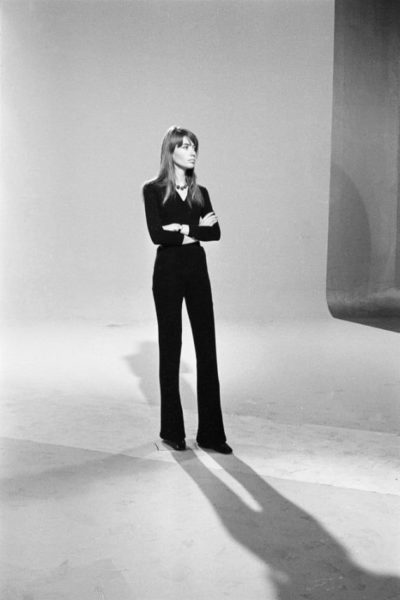The western shirt appeared at the beginning of the 19th century, during the conquest of the West. The outposts that welcomed the settlers were cosmopolitan; a cultural mix conducive to the creation of the first western shirts. The shirt is the result of a cultural mix: inspired by the traditional Mexican shirts worn by the vaqueros (made of silkflexible and resistant thread produced by the larva of vario More or very light cottonnatural cellulosic textile fiber constituting the seminal ha More) and the combat shirts worn by the Confederate soldiers during the American Civil War.
The American colonists, future cowboys, adapted these Mexican shirts to their way of life. In response to a need for durable and comfortable clothing, western shirts are made from thick denim(fabric from Nîmes) - very strong cotton fabric, in twill w More, the very one that was used to make jeans. They are also suitable for horse riding: the classic buttons are replaced by press studs to prevent them from tearing off if falling off the horse; the shoulder yokes provide better support for the garment, they are also longer so that they don’t come out of the trousers when riding. From a richly decorated ceremonial garment, the western shirt becomes a real workwear, robust, simple and cheap.
However, the first western shirts were embroidered with designs of Mexican and Native American inspiration. Pockets, shoulder yokes and sleeves are piped, usually with a contrasting fabric of a different colour. Front plackets have up to 6 aligned buttons.
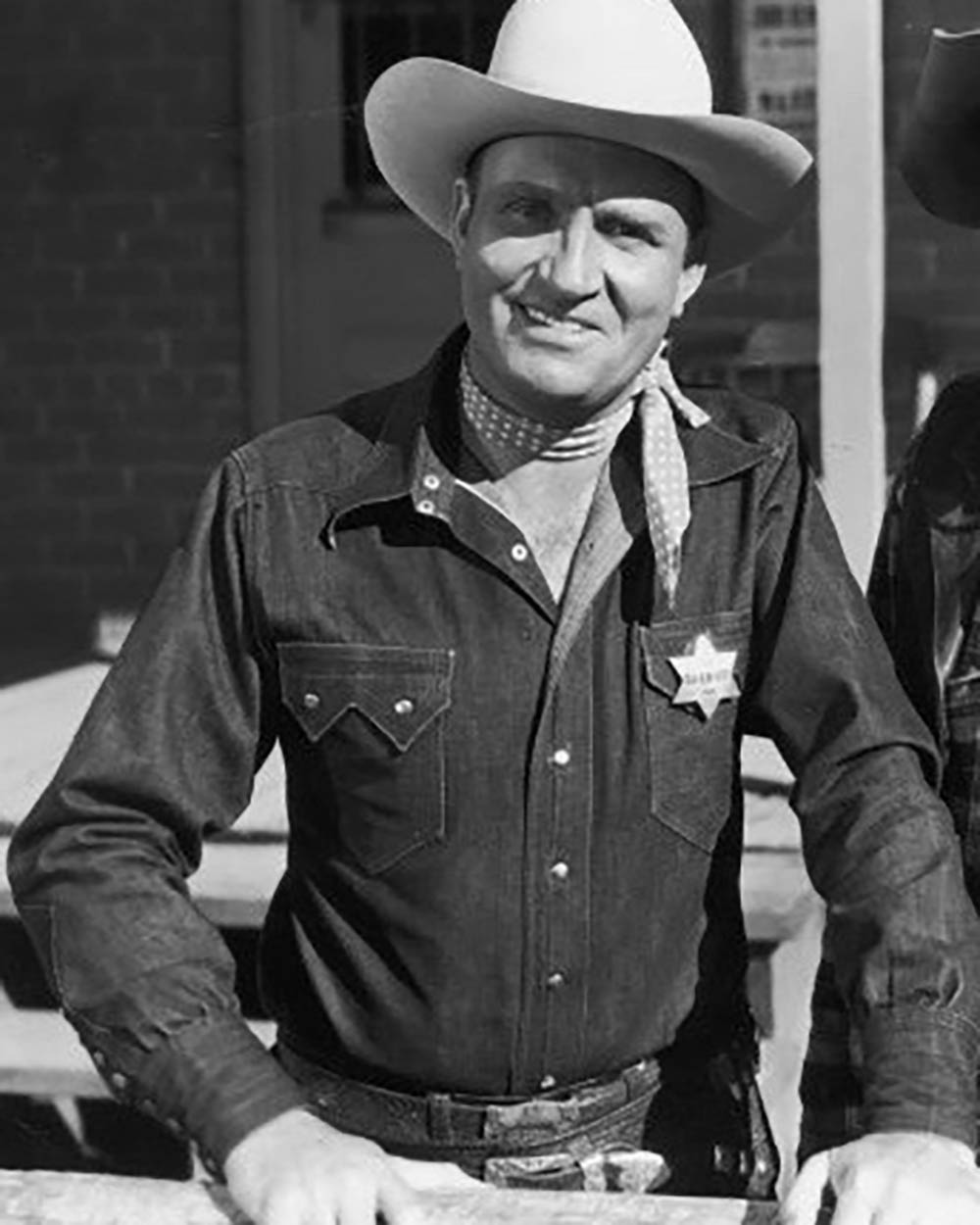
AUDRY, Gene, act. ENGLISH, John, dir. Beyond The Purple Hills. 1950. 69 min.
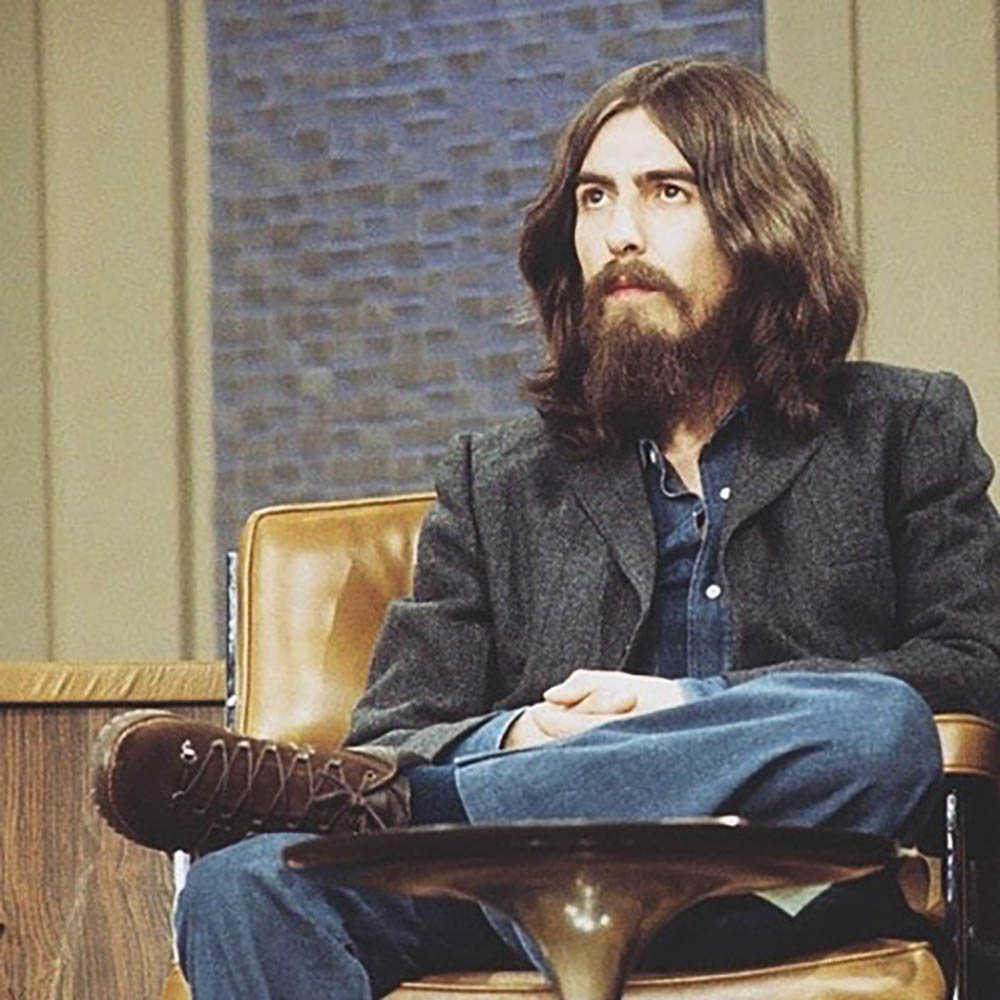
HARRISON, George, sing. The Dick Cavett Show on ABC. New York City, United States. 1971.

BEATTY, Warren. Los Angeles, United States. 1977.

BAYLEY, Roberta, phot. BURKE, Clem. undated.
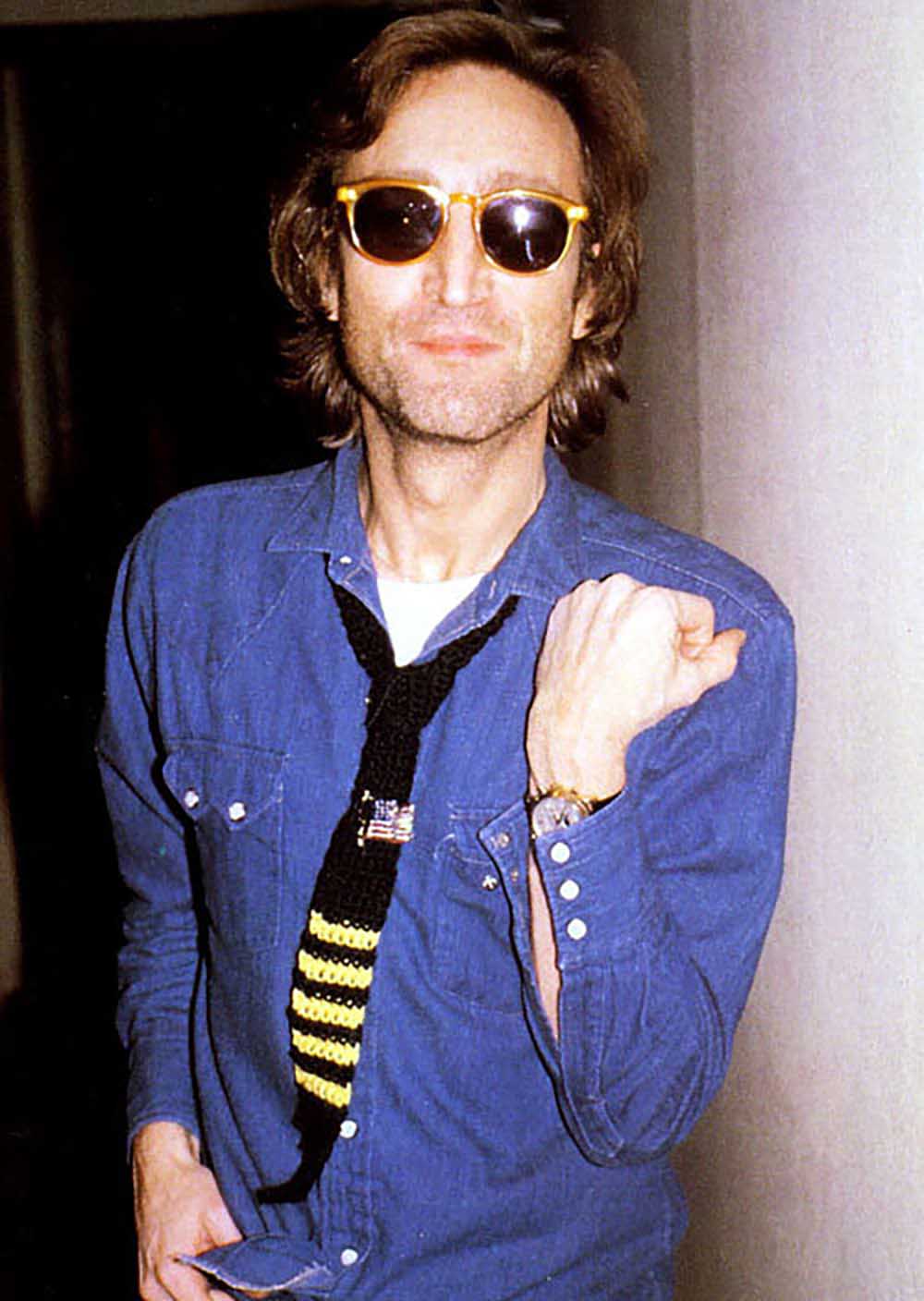
LENNON, John. Hit Factory Studio, New York City, United States. october 1980.

JAGGER, Mick. 1966.
- LUCIAN FREUD« from borrowed suits to bespoke tailoring, Freud’s fashion choices evolved with his art »
- DAVID LYNCH« The oddest of Americans, the most American of oddballs, Lynch was a man with a uniform. »
- THE FLARED TROUSER
- BRUMMELL« the most sober, the most strict, the least extravagant man »
